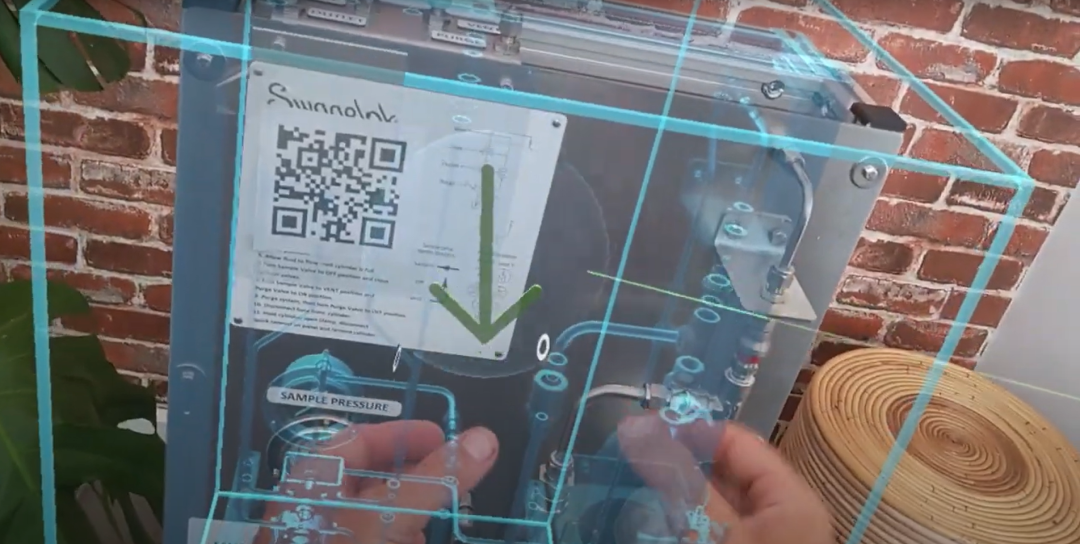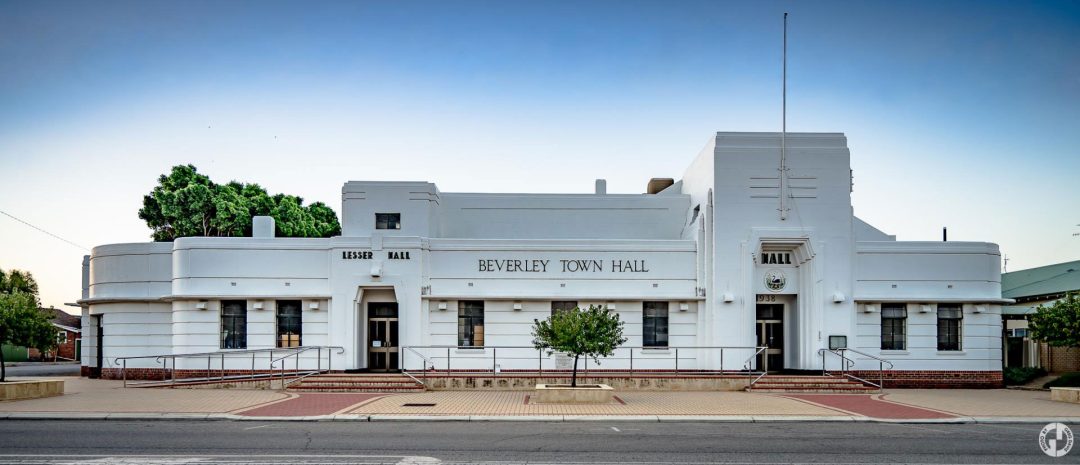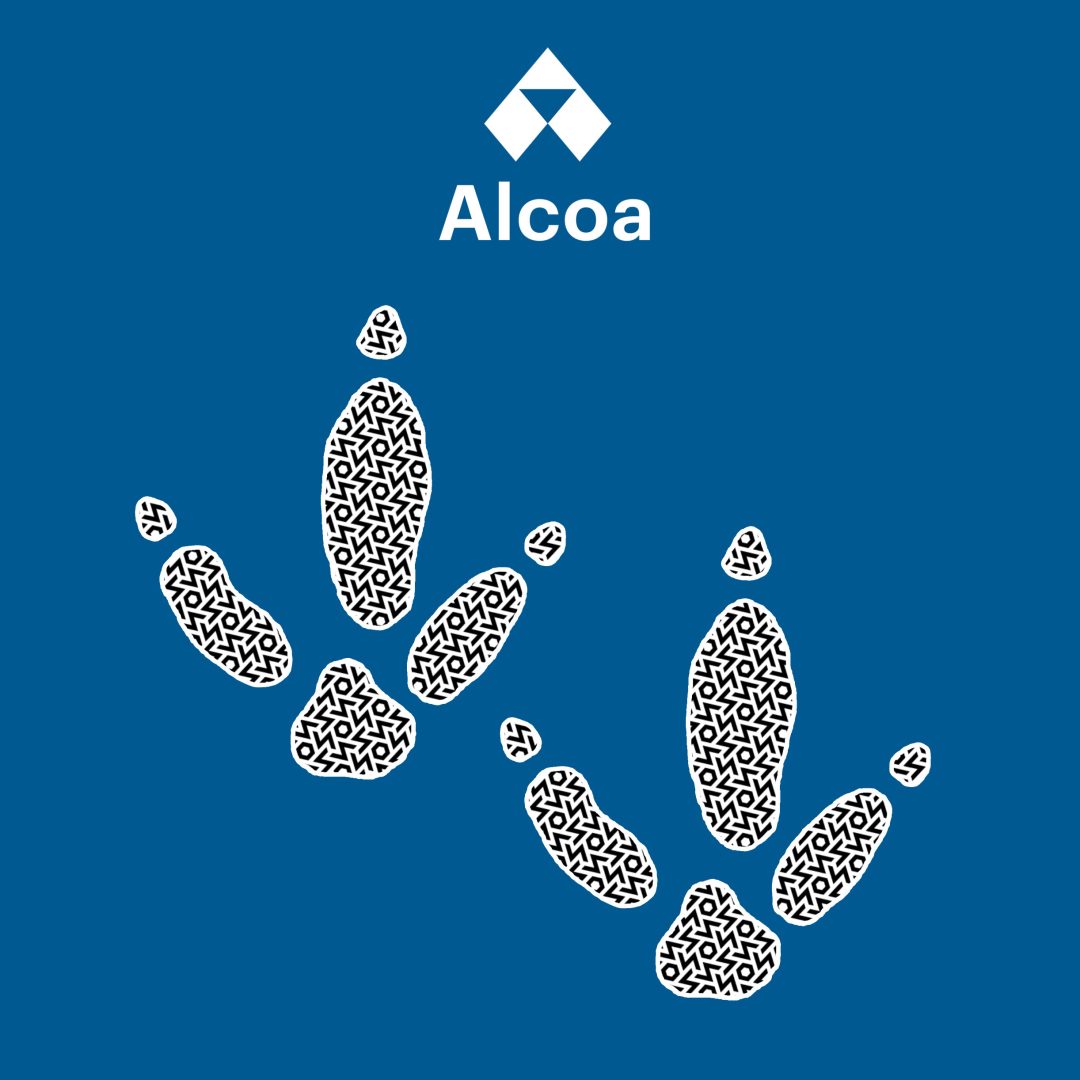Augmented Reality (AR) Melbourne
We are a Melbourne AR studio specialising in building AR applications for mobile, web & headsets. Get in touch today with our AR team to start brainstorming your ideas or to get a quote.
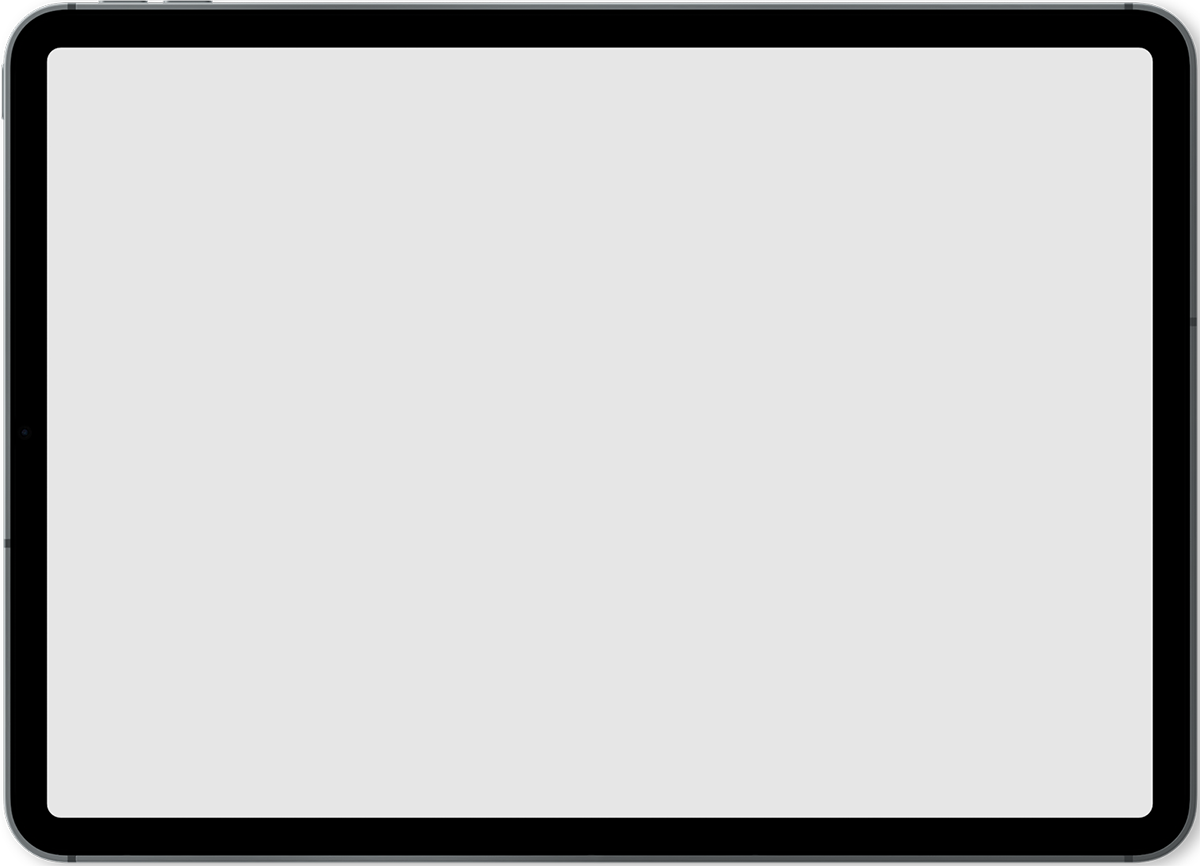
AR Development
Augmented reality technology is set to become very big business in Melbourne over the next decade. Early adopters are using the technology to give marketing strategies a boost, improve safety and training, and increase sales. It could be a viable option for your business too. The main advantage of augmented reality over virtual reality, and what makes it an option for more businesses, is that it can be utilised with existing technology. Often, all customers will need is a smartphone or tablet app, and they can start experiencing a new, reality augmented, world. But how does it work?
What industry is your business wanting to use AR in?
What are the benefits of Augmented Reality for your business in Melbourne?
Enable customers across Australia to check out your products in digital showrooms
Allow customers to visualise products in their own homes
Use augmented reality to aid product development and QA testing
Collect data on customer preferences in Melbourne, Vic
Put your business on the map with unique, state-of-the-art technology
Create interactive experiences in the metaverse to engage customers
Offer customers a new way to access product information and other services
Use AR technology to stay competitive against your rivals in Victoria
Improve your customers’ experience and promote loyalty to your company and brand
Train staff in detailed AR environments that mimic realistic situations
How can AR be used in my business?
Augmented reality works by adding digital content onto a live camera feed, making it look as if it is part of the real world. This could be anything from adding silly glasses and facial hair on a fun app for kids to overlaying digital directions for hikers on Mornington Peninsula or in the Yarra Range, to overlaying useful information in multiple languages for tourists visiting Melbourne Museum or the MCG.
This is achieved by using something called computer vision, which allows the augmented reality system to understand where it is. It is this that differentiates the AR industry from its sister technology, virtual reality. The computer vision establishes its 3D surroundings and then adds digital layers to this in the most realistic way possible, using rendering software.
Computer vision is a form of technology that allows a machine to understand the world around it. It does this by combining both semantics, which tells it what it is looking at, as well as geometry, which is the relationship the objects have with each other and the environment. Essentially, it understands the 3D world from a 2D image, then inserts a 2D image onto the 3D world in the most realistic way possible.
How is AR used for marketing?
There are many possibilities for using AR in marketing. You can add a virtual element to your business cards and brochures. Customers can scan printed materials for more information about the products and brand being advertised. For example, scan a real estate brochure for a property in Albert Park to bring up a video about the house that catches your eye.
Scanning a business card could bring up a variety of other contact options that allows you to connect with a single click to email, phone or social media. Or it could bring up a video of you introducing yourself and/or your business.
Augmented reality can also be used to enhance the status of your brand itself. It can be used to create an exciting and new AR experience that can generate significant buzz. For example, an Uber AR experience in Zurich created exciting journeys for their users which generated significant PR . In a busy market place, a clever augmented reality campaign can really help you to stand out.
One of the key marketing powers of AR is to let users ‘try before they buy’. This has applications in a range of industries, from fashion and automobiles to furniture and interior design. For example, the IKEA place AR app lets customers see what furniture would look like in their homes before buying and Dulux allows you to see how different colour paints will look in your home.
In terms of Melbourne construction and real estate industries, augmented reality can be used to help clients see what fully realised projects at Collins Wharf or Southbank will look. Projects like Queens Place or The Malt District that are mid build can be viewed in a finished state from both in and outside the building. This can help to create emotional attachments and boost sales and investment.
How can AR benefit your business?
Depending on the nature of your business in Melbourne, augmented reality can have a number of key benefits. For retailers, it means you can take the store to your customers, with leading examples being Converse and Gucci using AR technology to allow customers to virtually ‘try on’ their products from the comfort of their own home. For designers and builders, you can help clients to see the bigger picture using AR Australia to replace technical drawings and colour swatches with something customers more easily understand.
Augmented reality offers new levels of immersive and interactive content. Rather than just reading content on a phone or tablet you can experience it in AR. For example food retailer Tesco allowed its customers to take selfies with their favourite Frozen characters when launching a new range of Disney branded products.
It is also possible to use augmented reality to offer workforce training without the risk. The US military uses it to simulate training combat, which increases effectivity and safety. There are applications AR for use in medicine, both in training and live operations, for example a procedure could be completed at The Royal Melbourne Hospital with the help of a specialist in London.
In construction again, augmented reality can help to spot potential problems before they arise. Use the technology to get a clear picture of how planned structures will fit into a space.
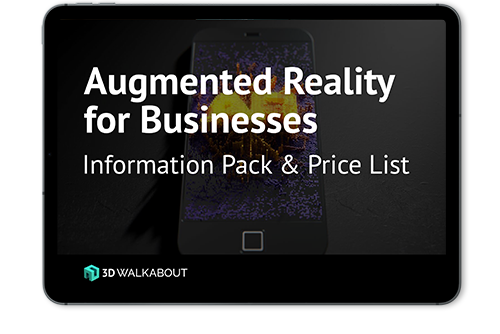
Get an Instant Quote on 1800 418 398
If you’d like to receive our full ‘Augmented Reality for Businesses Information Pack & Price List‘ please add your details below.
AR Case Studies
Frequently Asked Questions
Is Snapchat AR or MR?
Snapchat operates within the AR space. By overlaying virtual elements over a user’s real-world experience with the help of innovative hardware, Snapchat offers unique, innovative opportunities for user engagement and digital collaboration.
What is Snap augmented reality?
Snap AR functions on CGI images placed over a user’s field of view. By determining key visual points, such as the sky, horizon or surrounding objects, Snapchat forms a detailed map of the user’s location. This technology transforms the user experience, allowing them to interact with the digital world through the convenience of a wearable device.
Which Samsung phone has AR?
The Galaxy S20 comes complete with AR features offered through its AR Zone. Users can create lifelike emojis and stickers, record videos with virtual handwriting, capture and edit photos and videos, and easily measure size and distance of their surroundings.
Is Samsung working on AR glasses?
Yes. According to reports, Samsung is working on its own AR device. These glasses are believed to allow users to wear a projected keyboard, enter a full-body virtual meeting, and simulate a virtual environment with ease.
Is HoloLens MR or AR?
The HoloLens is an MR system. The system still suits AR business requirements, as the difference between AR and MR is relatively minor, encompassing the use of third-party devices such as a phone for displaying information.
Is HoloLens 2 VR or AR?
Hololens 2 is an AR system, with AR glasses differing from virtual reality headsets in one key way. A VR headset blocks out the world around the viewer, leaving only the view of the metaverse and graphical environment around them. Augmented reality glasses, meanwhile, are see-through and mean that people can see both the real world and the virtual landscape.
How do I use Google augmented reality?
If you’re passionate about AR, Google’s got a lot on offer. You can search with your camera using Google Lens, place 3D objects in your space with AR Google Search, enjoy a Live View in Google Maps, and even develop your own apps with ARCore.
Is Apple making augmented reality glasses?
If the rumours are true, Apple is working on developing AR glasses that go beyond the MR headset slated for 2023. Apple Glass is said to allow users to interact with digital information and objects through transparent wearables. It’s also rumoured to contain prescription lenses so that regular glasses wearers can enjoy the benefits of AR.
When did Amazon start using augmented reality?
Amazon first started using AR in 2017, with the launch of Amazon AR view and Room Decorator. Amazon XR is currently tentatively in development, although details remain scarce at present. Amazon is expected to fully enter the extended reality market in 2023.
When did Amazon start using augmented reality?
Amazon first started using AR in 2017, with the launch of Amazon AR view and Room Decorator. Amazon XR is currently tentatively in development, although details remain scarce at present. Amazon is expected to fully enter the extended reality market in 2023.
How does Amazon use augmented reality?
Amazon currently allows shoppers to liaise with AR brands to place digital products in the home. This helps consumers to assess if things like the colour or size of an item will work in a room. However, Amazon is expected to grow its Amazon VR and Amazon AR business models further in the near future.
How do I use Google augmented reality?
If you’re passionate about AR, Google’s got a lot on offer. You can search with your camera using Google Lens, place 3D objects in your space with AR Google Search, enjoy a Live View in Google Maps, and even develop your own apps with ARCore.
Is Snapchat AR or MR?
Snapchat operates within the AR space. By overlaying virtual elements over a user’s real-world experience with the help of innovative hardware, Snapchat offers unique, innovative opportunities for user engagement and digital collaboration.
What is Snap augmented reality?
Snap AR functions on CGI images placed over a user’s field of view. By determining key visual points, such as the sky, horizon or surrounding objects, Snapchat forms a detailed map of the user’s location. This technology transforms the user experience, allowing them to interact with the digital world through the convenience of a wearable device.
Is mixed reality the future of AR & VR?
Yes. Mixed reality takes the best features of AR and VR and blends them into an incredible user experience. Users can interact with the physical and virtual world seamlessly, with MR replicating their natural behaviour and changes in perspectives. This goes beyond the traditional approaches of VR and AR, which place users within a space or overlay the physical world with additional information.
What is fuelling the growth of AR?
The main trend fuelling the growth of augmented reality is the increased development of smartphone and tablet applications. Initiatives such as ARKit from Apple mean that AR and VR are widely available. Awareness of the capability of the technology is growing, along with an understanding of its value across almost every business and industry sector.

